
If you're reading this, you have probably come borosilicate glass and wondered what exactly it is - or what makes it any different to regular soda-lime glass?
What is Borosilicate?
Simply put, borosilicate is a premium grade glass with very high thermal-shock resistance and very low solubility. In everyday use, this means that borosilicate can take rapid and extreme temperature changes (e.g. going from a freezer into boiling water) without the glass expanding or contracting too quickly - which would cause the glass to break.
The low solubility stops chemicals or particles from leaching into or out of the glass, which can be a problem with soda-lime glass. This makes borosilicate a generally safer choice than soda-lime for glassware used with food and drinks.
It's thanks to these qualiaties that borosilicate was first created for scientific labs, and now has also spread to high-end restaurants/bars and durable kitchenware products such as our very own glass jars.
Borosilicate Vs. Soda-Lime Glass
- Borosilicate contains between 13-15% boron (see more below).
- It has a lower thermal expansion and contraction rate* - less than half.
- It does not contain any lead or cadmium.
- It does not leach or absorb any chemicals, particles, etc.
- It has a much higher melting point (3000°F / 1648°C) vs 1832°F / 1000°C).
*Thermal expansion and contraction rate refers to how quickly the glass expands when exposed to heat or contracts when quickly cooled. The lower the rate (i.e. the slower the glass expands or shrinks), the lower the chance there is of it breaking. In general, borosilicate glass can withstand instant and intense temperature changes, as much as between (-80°C to 260°C / -112°F to 500°F).
The Problem with Soda-Lime Glass
Soda-lime is what is used for the majority of glass in the world around you (drinking glasses, windows, vases, coffee tables, etc). In fact, about 90% of the commercially-used glass today is soda-lime glass.
One of the problems with soda lime glass is that it has more than double the expansion and contraction rate of borosilicate. So, when it's exposed to a rapid temperature change, soda lime glass will expand or contract so quickly that it can, and often does, crack or even shatter into countless dangerous shards.
Another issue with soda lime glass and some other types of glass is that they can leach and absorb nasty chemicals over time, which becomes a problem if you want to use it for storing food or if you happen to leave your glass jar or water bottle in direct sunlight, for example.
What's the 'magic' ingredient in borosilicate?
Boron oxide makes up about 15% of borosilicate glass, it is the presence of boron that gives borosilicate its thermal-expansion resistance and low solubility - this prevents it from thermal-shattering, minor impacts, as well as stopping any chemicals leaching out of the glass, or into the glass.
What does the word borosilicate mean?
Borosilicate glass is mainly made up of boron-dioxide and silica, this is where the name comes from, although it's often used synonymously with Pyrex (more on that below). Amazingly, just that 15% of boron gives borosiliate glass all of its incredible thermal-shock resistance and food-safe properties.
Fun Facts
- Borosilicate has such a low level of solubility that it is sometimes used to store nuclear waste - as it will not allow anything to leach into the glass (or out the other side!)
-
It was first invented in Germany in the 1880s by a scientist called Otto Schott who wanted to develop a type of glass with a low expansion rate for beakers that could withstand the extreme wear-and-tear of scientific research.
-
What's the difference between Pryex and borosiliate glass? Nothing, well, it used to be nothing, - in 1915, borosilicate was first introduced to the US market under the brand name Pryrex, a name which is now used interchangably with borosilicate. Pyrex quickly became renouned for their durable glass oven dishes made from borosilicate glass. However, the lower cost of soda-lime glass was too attractive to ignore for Pyrex. As a result, many of their modern-day products are now made of the more readily available and lower quality soda-lime glass, so not all Pyrex glassware is made of borosilicate glass anymore.
-
It is a very chemically stable material, meaning it will not corrode as easily as other glass when exposed to corrisive agents like acids, salt, etc.
-
Drop-proof? Borosilicate has a higher impact-threshold, it can withstand blunt-force (i.e. being dropped) better than similar glassware. This is why it's often used for reusable water bottles and storage jars.
Is It Food-Safe?
Borosilicate glass is food-safe due to the fact that it contains boron, and does not contain any lead or cadmium. As we explained above, boron acts like a type of shield, stopping any leaching into and out of the glass. This means it will not absorb any food or liquid - and more importantly, it will not leach anything into your food and drinks or allow anything from outside to enter via the glass itself.
Boron also helps with maintaining the chemical stability of the glass, this again means that you can leave your borosilicate jar or water bottle in the sunshine** without the worry of it causing the glass to chemically alter and/or leach chemicals into your drink. This is a concern when you are using glass items made of soda lime glass, making it a sub-par choice as far as food-safety is concerned.
**Of course, leaving foods or liquids in direct sunlight for long periods of time can cause microbes, bacteria or fungus to grow, and is not recommended. The point above is to illustrate that borosilicate glass itself will not be chemically altered, nor will it leach or absorb anything when in (or out of) direct sunlight.
Finally, the low thermal expansion and contraction rate means you can put borosilicate glass in boiling water, a freezer, microwave, dishwasher, oven, etc. (all within a matter of seconds if you want) without any concerns. This makes it a very practical and versatile material for everyday use with the wear-and-tear that comes along with it.
What (else) is it used for?
Thanks to its low expansion rate and food-safe properties, borosilicate glass has been a first choice for scientific laboratories, high-end restaurants & bars and of course, kitchenware such as cassorole dishes, glass jars, storage containers and water bottles.
Is it unbreakable/bulletproof?
No, borosilicate glass is not entirely unbreakable - and it is definitely not bullet-proof. Saying that, it typically withstands blunt force better than most kinds of glass, such as soda-lime. It's thankfully not as much of a heart-stopping moment when you accidentally drop your glass water bottle on the street or swipe your glass jar off the countertop with your elbow onto the beautifully-polished concrete floor when it is made with borosilicate.
Bulletproof glass, or more accurately; bullet-resistant glass is made by combining layers of polycarbonate plastic between layers of glass.
A similar technique on a less extreme scale is used to make windshields for cars and other vehicles, which is why they almost never completely smash into a pile of separate pieces, but rather shatter and stay in their original shape - held together by the layers of polycarbonate.
The Downside:
As with most high-grade materials, the cons come down to cost & availability.
Borosilicate glass simply costs more to produce than soda-lime glass, and so it is not as readily available on the market. These higher costs have to be factored into pricing and so it tends to cost between 40-80% more than soda lime glass products. Which leads us on to the next and final topic -
Should you get it..? Is it worth the investment?
This will depend on your personal needs and also on what you consider to be the most important factors when purchasing a product for your kitchen. If low cost is the absolute most important thing to you, then going with soda-lime glass is probably the best option for most items in your kitchen.
You are slightly limiting yourself in what you can do with soda-lime glassware, so if you expect to use it frequently with high or low temperatures (or fast temp.-changes), or if you want to use it to hold food/liquids for extended periods of time (hours/days), borosilicate is still a much safer and stronger option.
Ultimately, it's recommended to go with borosilicate glass for kitchenware that is going to be used/come in contact with food and drinks as mentioned.
You will get a longer use-time out of a borosilicate glass item, and most importantly, you will be able to use it as you need it - without worrying about where you can put it (or drop it), what you can pour into it, or anything leaching into your food/drink...or just how you're going to wash it.
All in all, borosilicate will give you a lot more versatilty, protection and peace of mind, albeit these benefits do not come without a slightly higher pricetag. It all comes down to what you value as being good value!
Shop:
Read:

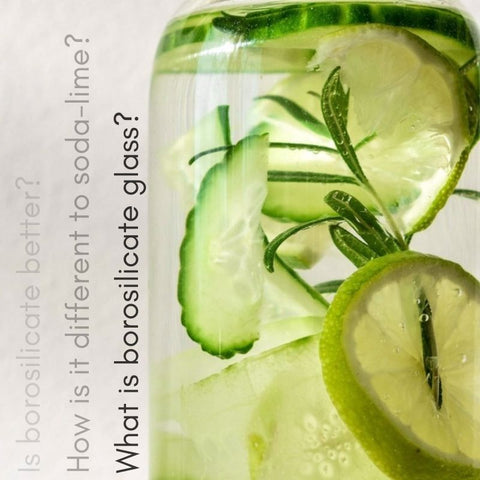










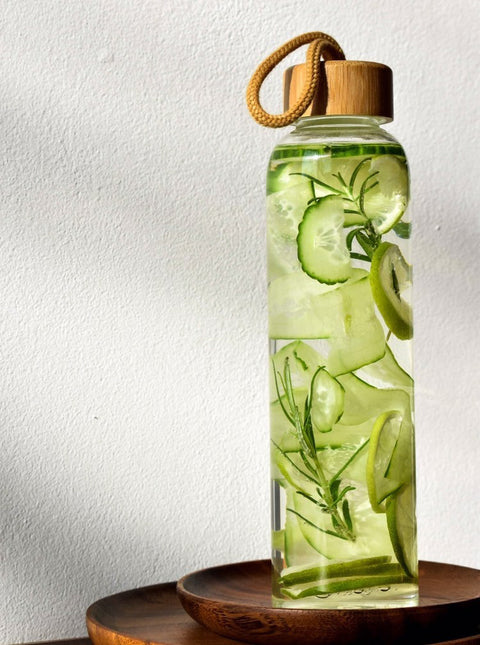
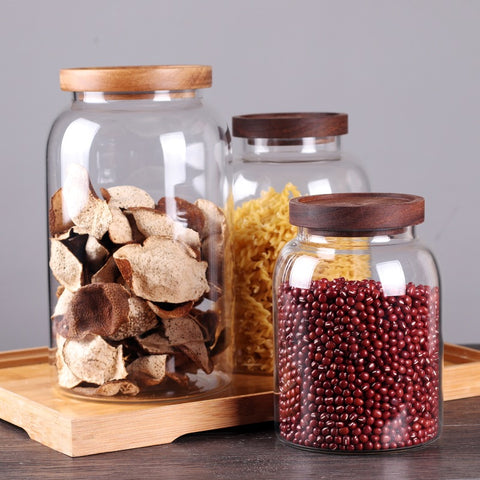
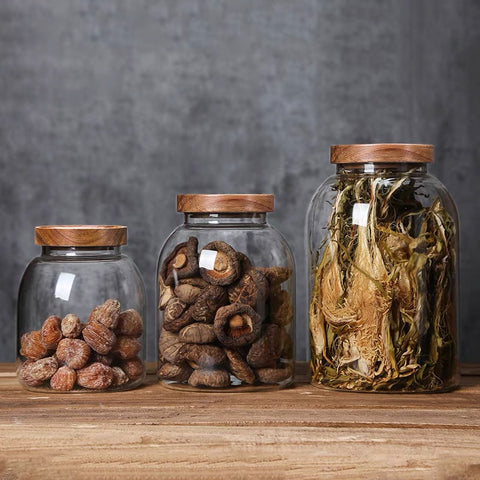
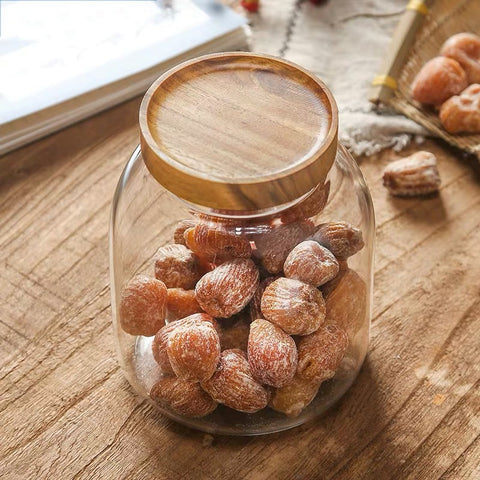
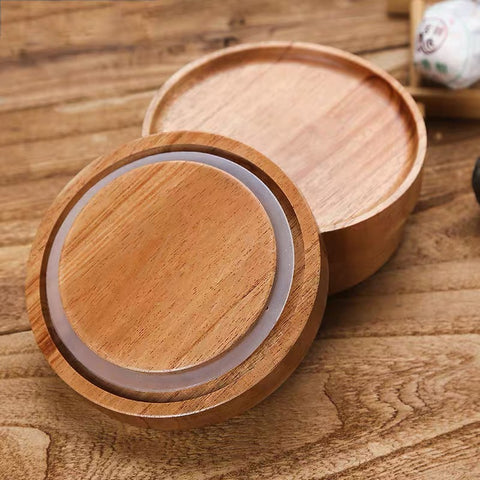
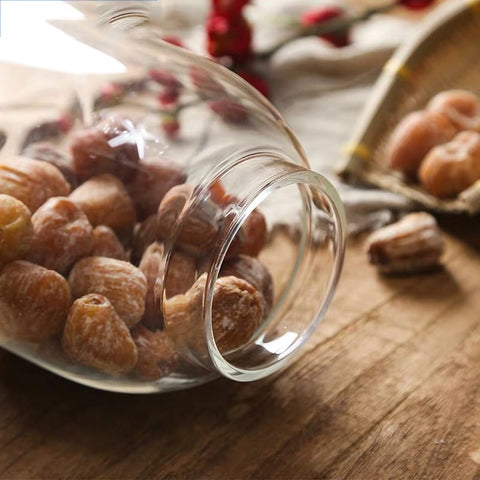
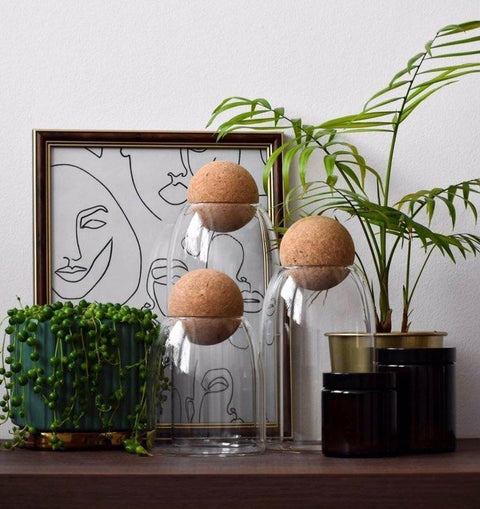
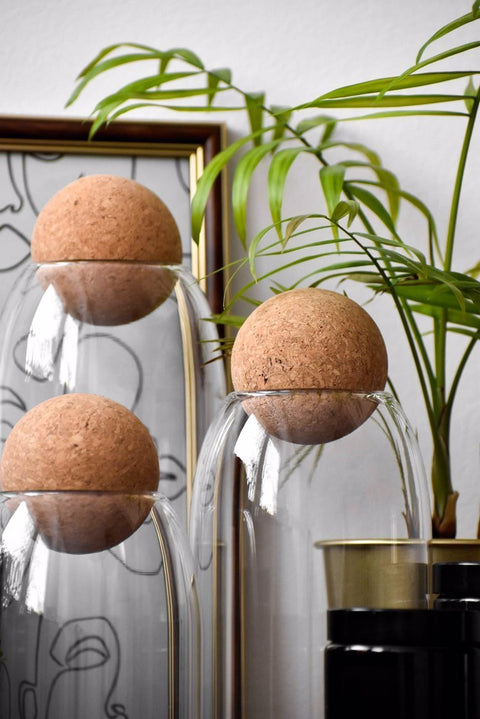
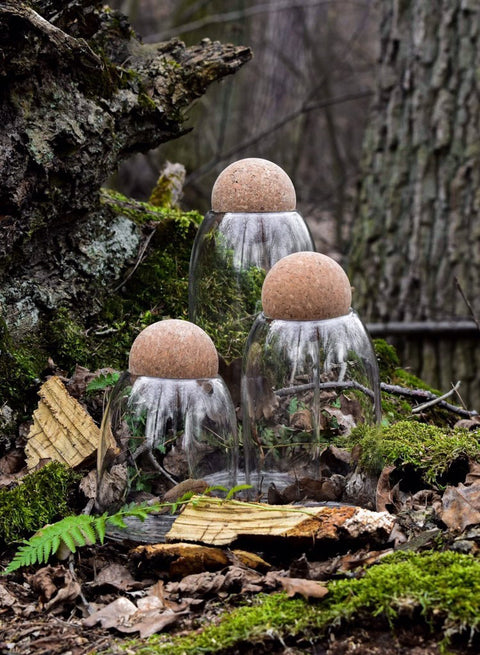
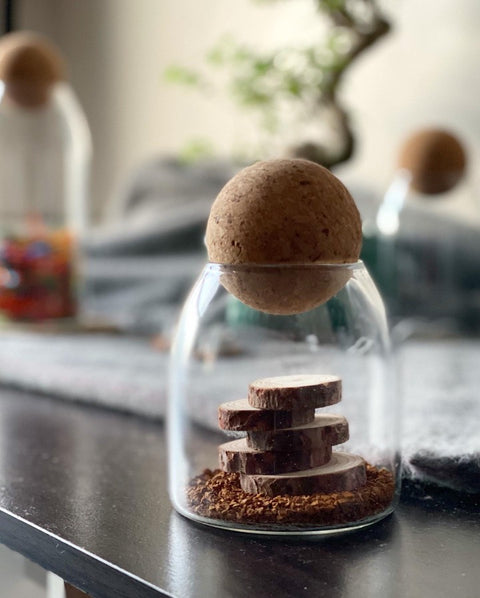
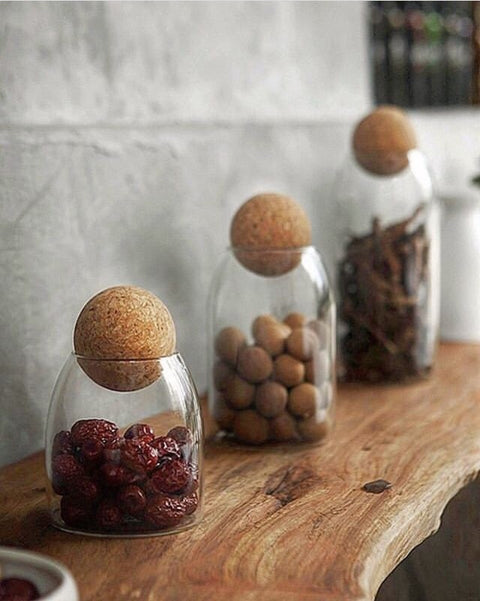
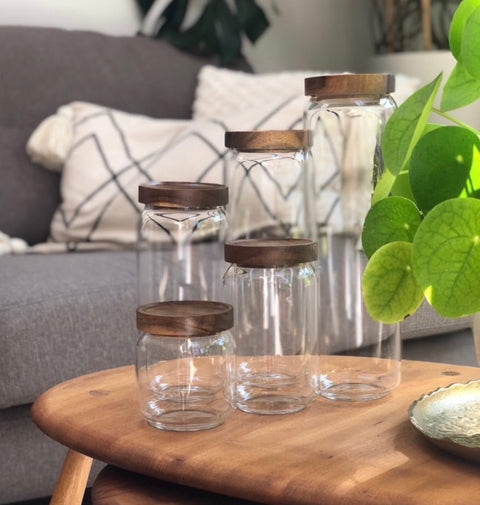
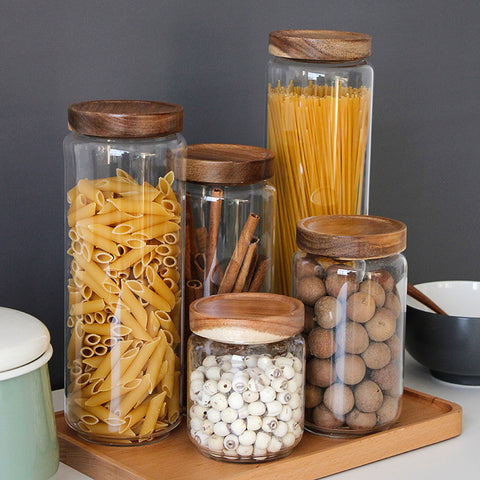
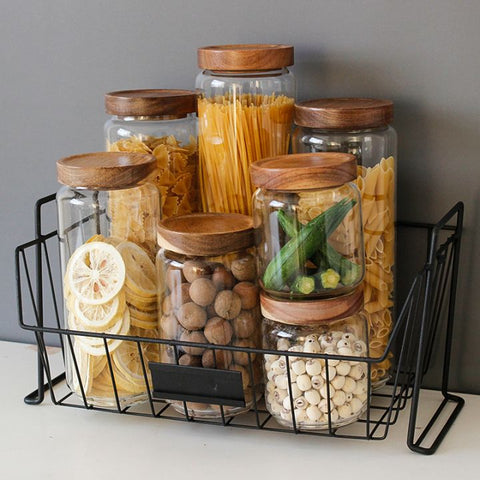
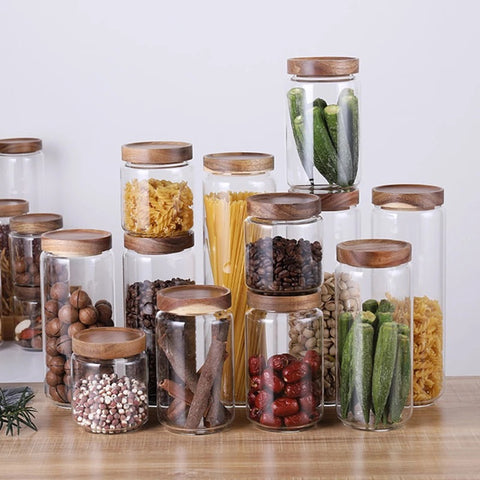
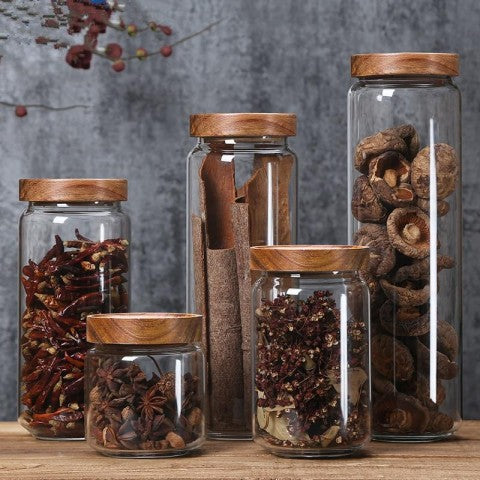
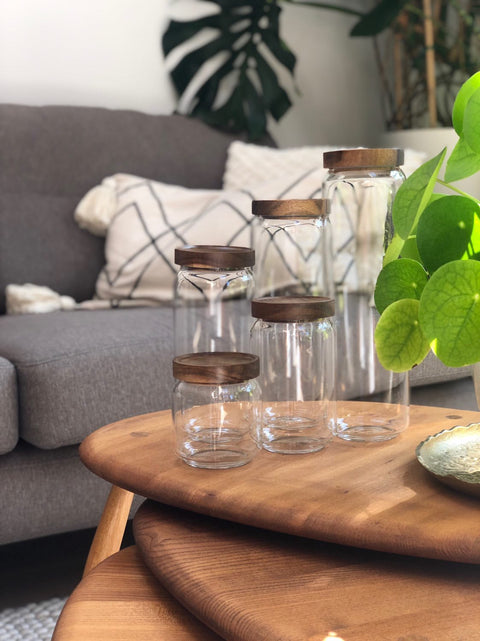
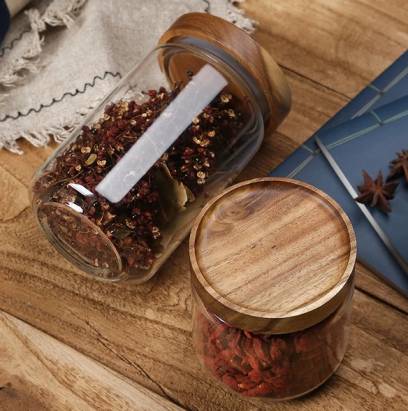
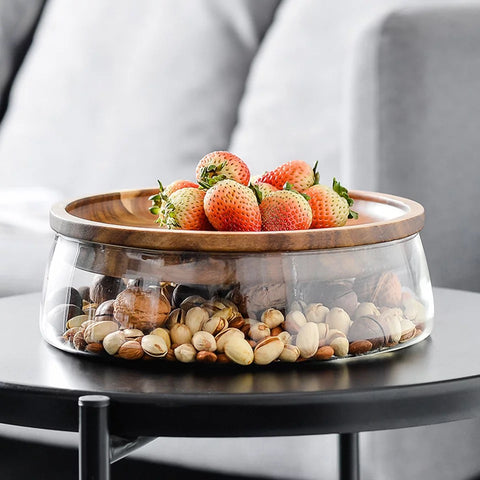
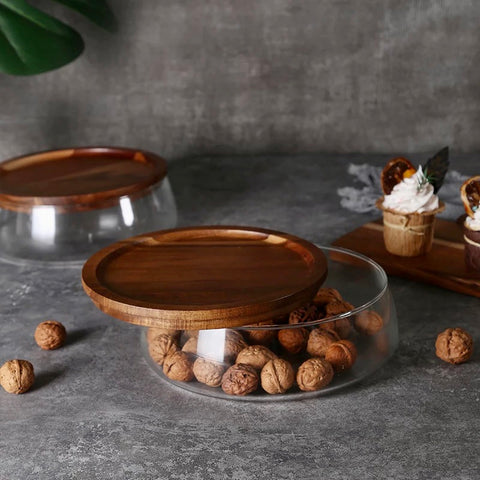
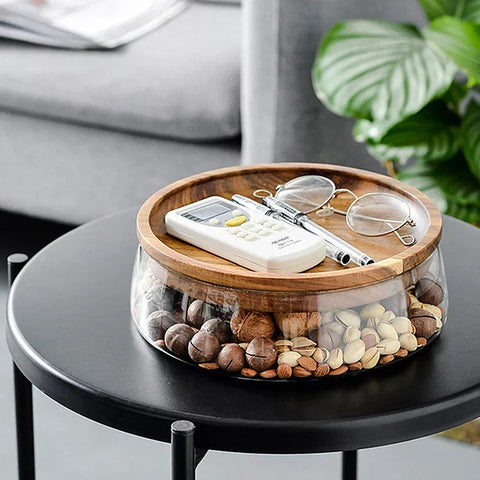
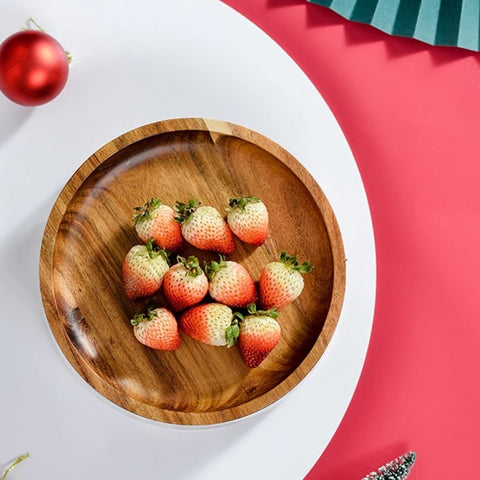
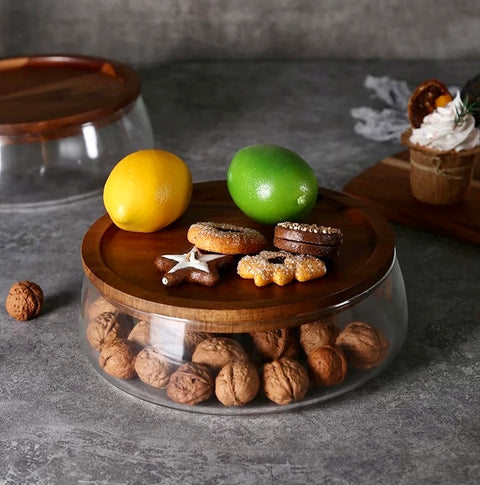
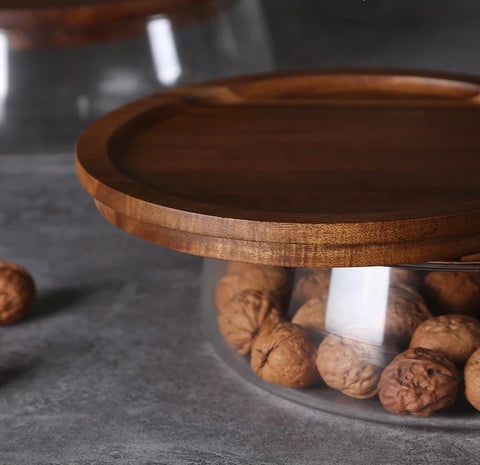
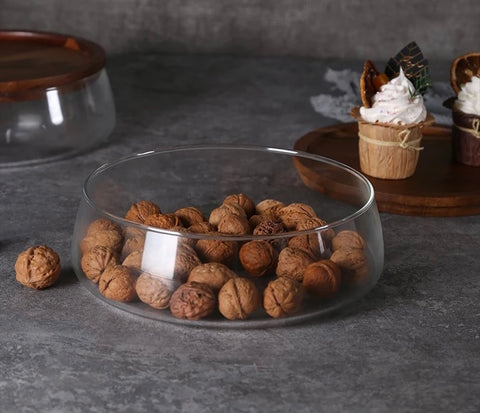
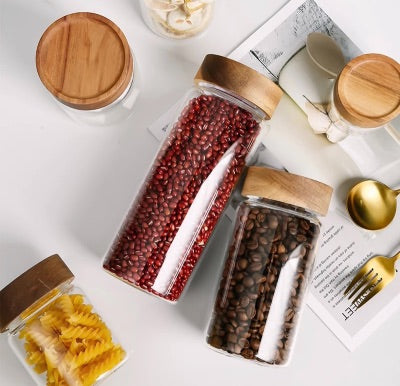
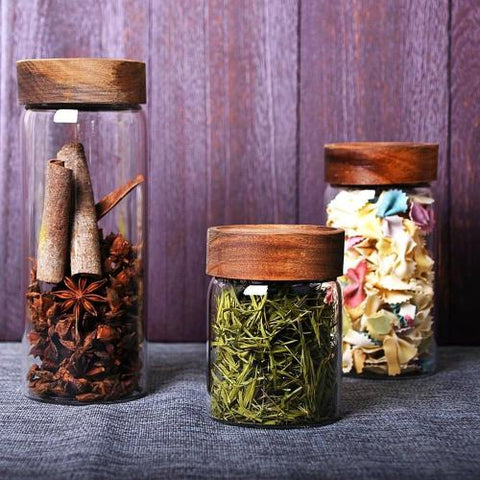
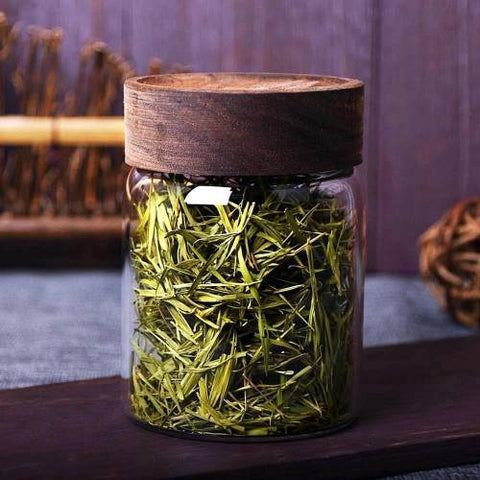
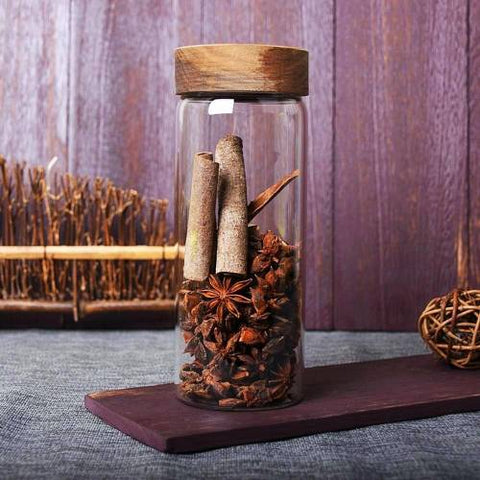
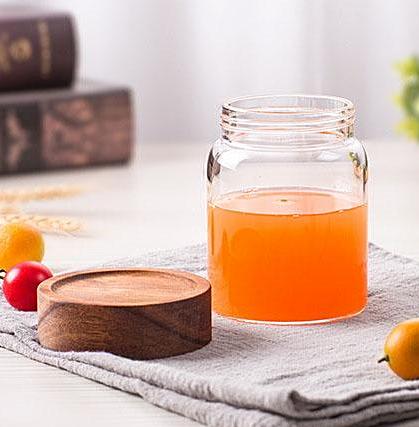
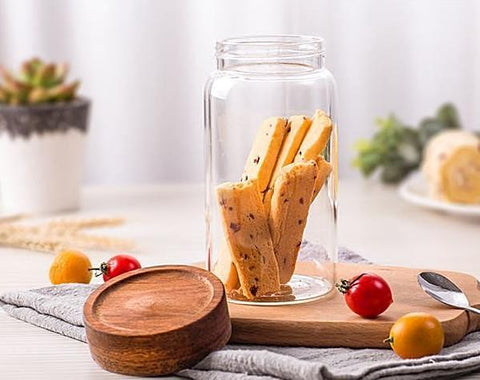
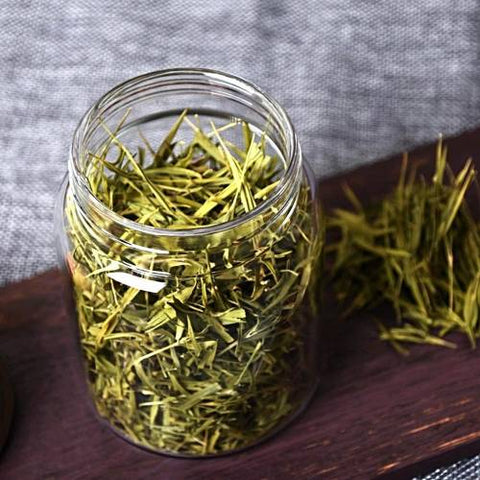
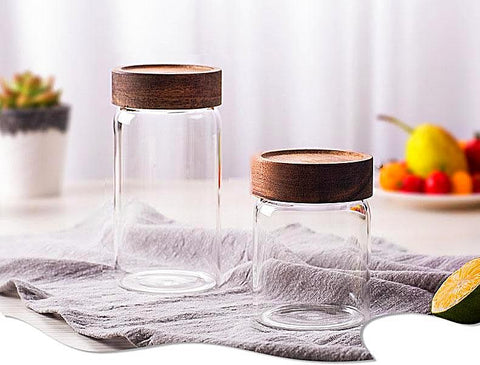
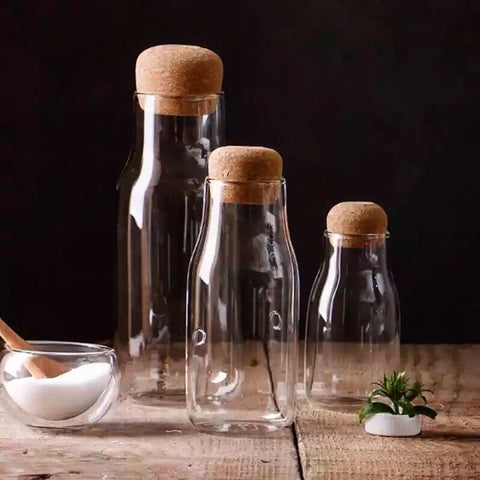
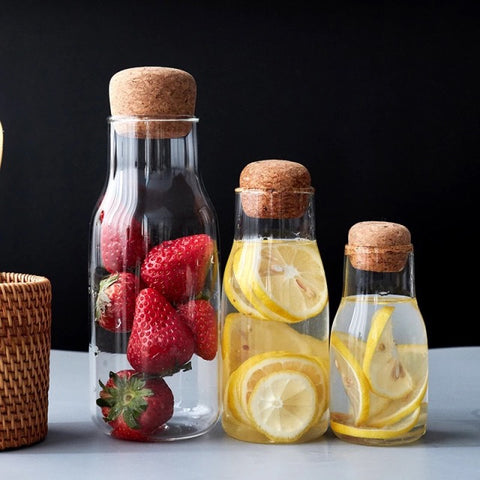
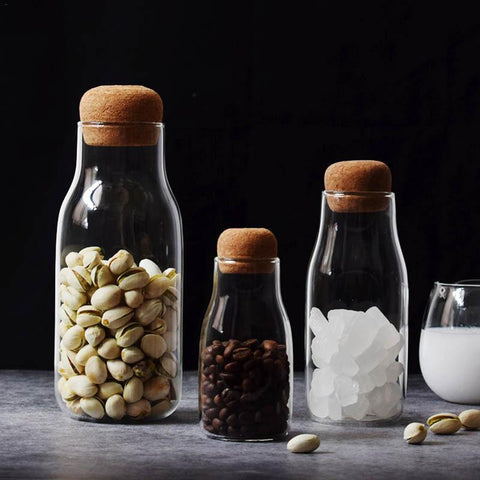
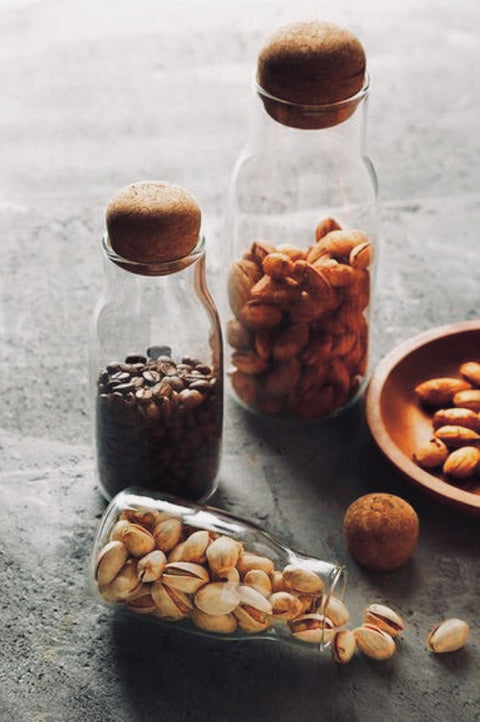
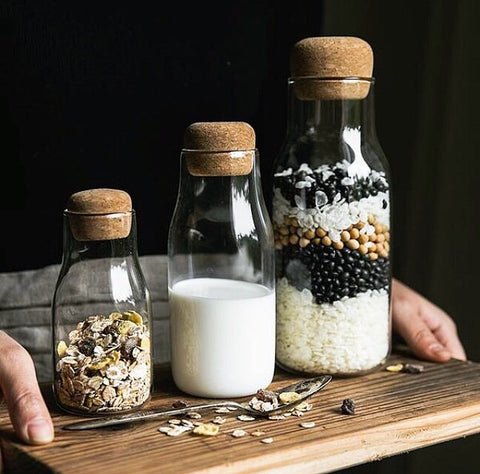
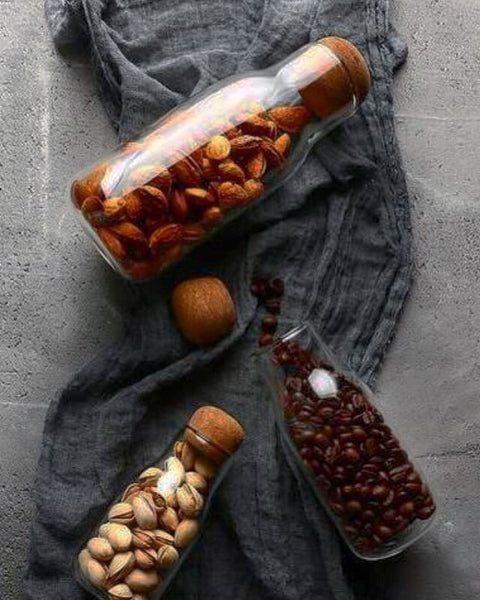
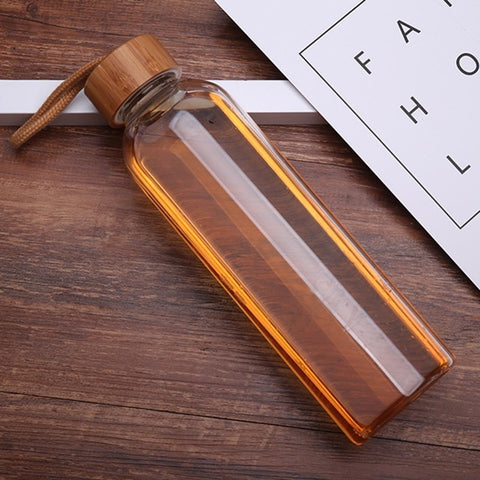
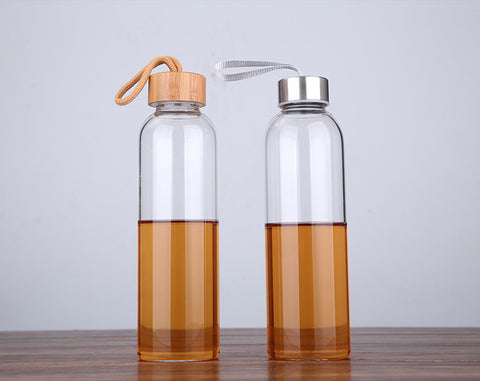
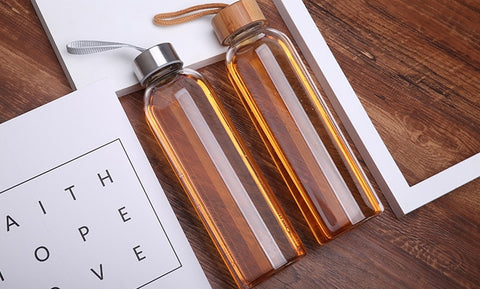
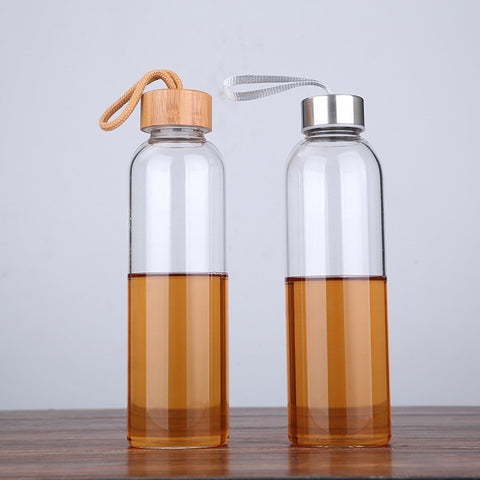
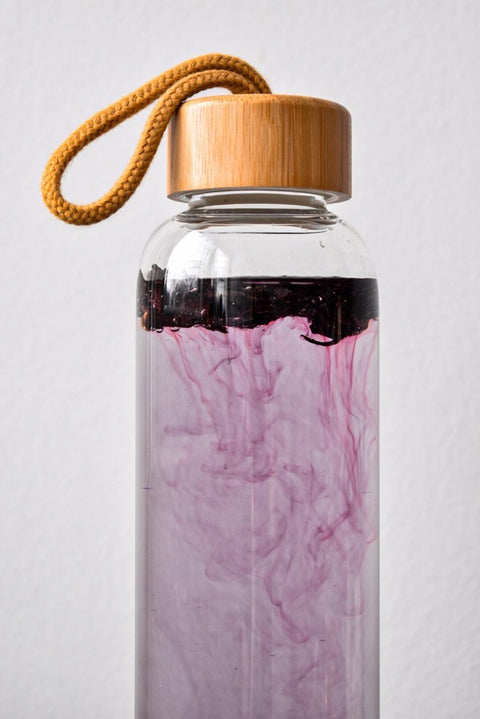
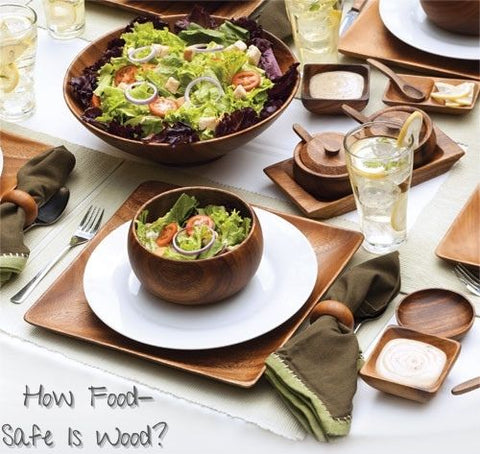
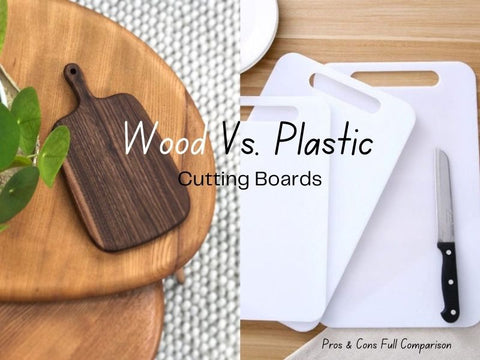
Comments (0)
There are no comments for this article. Be the first one to leave a message!